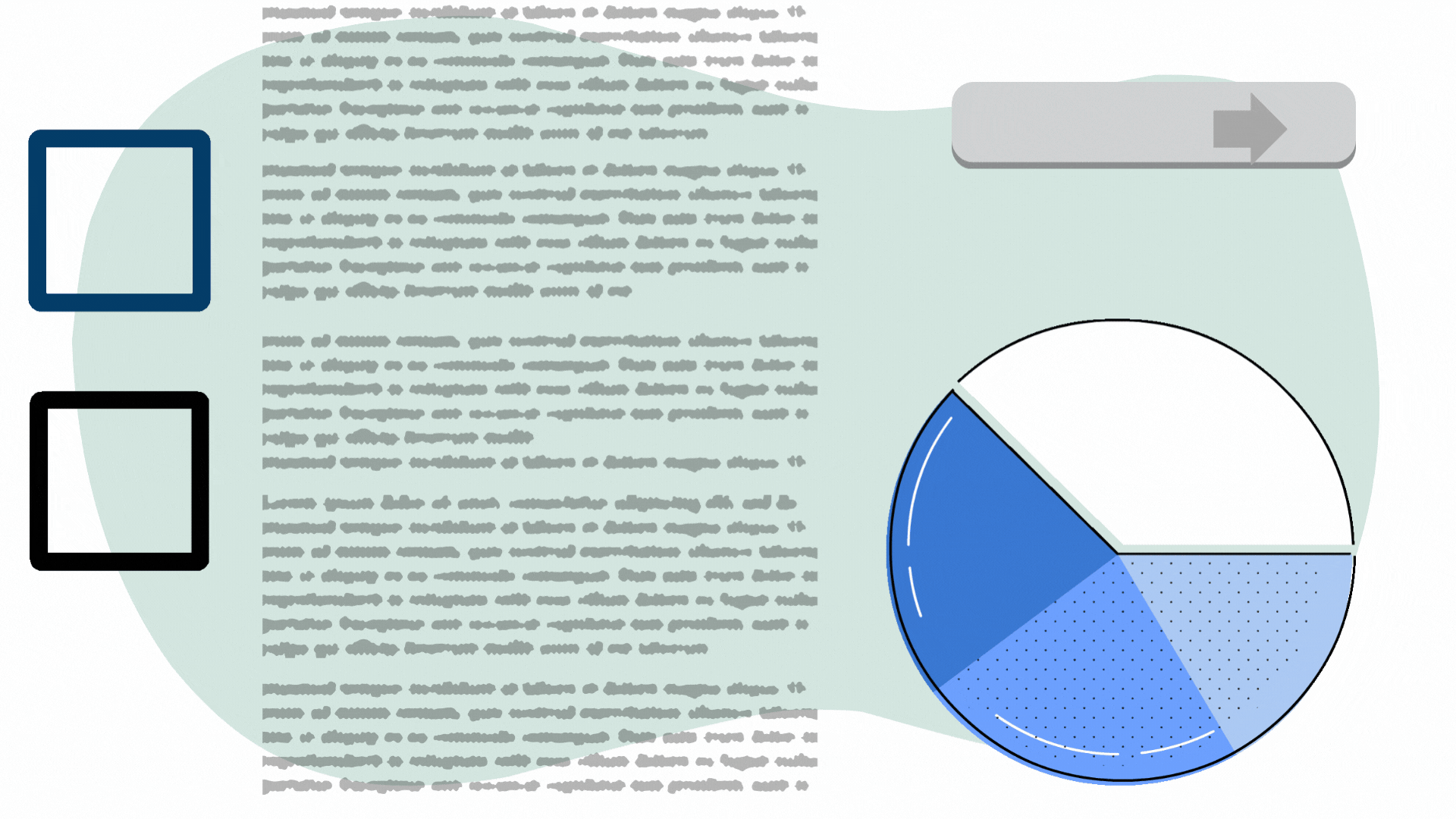🥇 The Checkbox Olympics
Mandatory training and the performance of pretending to learn
There’s a peculiar ritual that begins with an “Action Required” email and ends with your soul escaping through the final quiz screen. No REAL medals. No learning. Just triumph via endurance—and maybe a Notepad cheat sheet.
Woman caught in the chaos of online learning
I’ll admit it—I was a compliance training avoidant. The modules landed in my inbox like clockwork—like overdue bills demanding to be paid without the clarity of a dollar amount. But after bombing a few quizzes on the first try, I’d quietly shove them aside so I could tackle the actual work piling up on my desk. And I know I’m not alone. If I—an eLearning SME—was dodging the gauntlet, how many others were silently staging their own resistance?
At one large company (let’s call it “GenericCo”), I endured a compliance module so dense with legal jargon it felt like prepping for a bar exam I never signed up for. Non-attorneys were expected to memorize pages of terminology, decipher the fine print, and pass a quiz written like a cross-examination. The key takeaway? Don’t steal intellectual property. A concept that could’ve been delivered with a single, clear explainer—but instead took two hours and a growing sense of existential dread.
🪙 The Culture of Clicking
Checkbox learning mistakes completion for comprehension.
The systems aren’t designed to teach. They’re designed to log interaction:
Quizzes written for pattern recognition, not understanding
Narration that sounds like someone lost a bet
Interfaces that punish curiosity and reward compliance
And users—smart, motivated, empathetic people—quickly adapt. Not by engaging, but by surviving.
🧠 Matchmaking Madness: The Legalese Training Trap
You know it’s bad when the compliance quiz feels like a bar exam—but without the salary bump.
One module featured everyone’s favorite torture device:
Match Column A to Column B.
Only this time, each “term” in Column A was vague ("Ownership of work product") and every “definition” in Column B was a full legal paragraph—packed with sub-clauses, double negatives, and one-word changes designed to break your spirit and cause you an even more intense anxiety attack than the double-latte you gulped down before logging on.
Column A: Work created while employed
Column B: Any creative output developed within the scope of employment shall be considered the exclusive intellectual property of the organization unless otherwise determined through negotiated exemption...
Now repeat this 14 times with paragraphs that differ by a single synonym or rogue preposition. One wrong match? Start over. No hints. No grace. No rest for the weary. And no clarity.
⚖️ A Friendly Message to Legal-HR Content Collaborators
I say this with love and lived proximity:
Lawyers are brilliant and I loved every moment working with them in IT departments in some top US firms. But when they draft training content for the general employee population, it sometimes feels like they’re writing to impress other lawyers at the Supreme Court Fantasy League. Or laughing in advance picturing a normie trying to decipher their code.
Here’s the thing:
Precision ≠ comprehension.
Coverage ≠ clarity.
And if your audience needs three cups of coffee and a Latin dictionary to understand a policy on not stealing pens, the learning isn’t landing—it’s limping.

